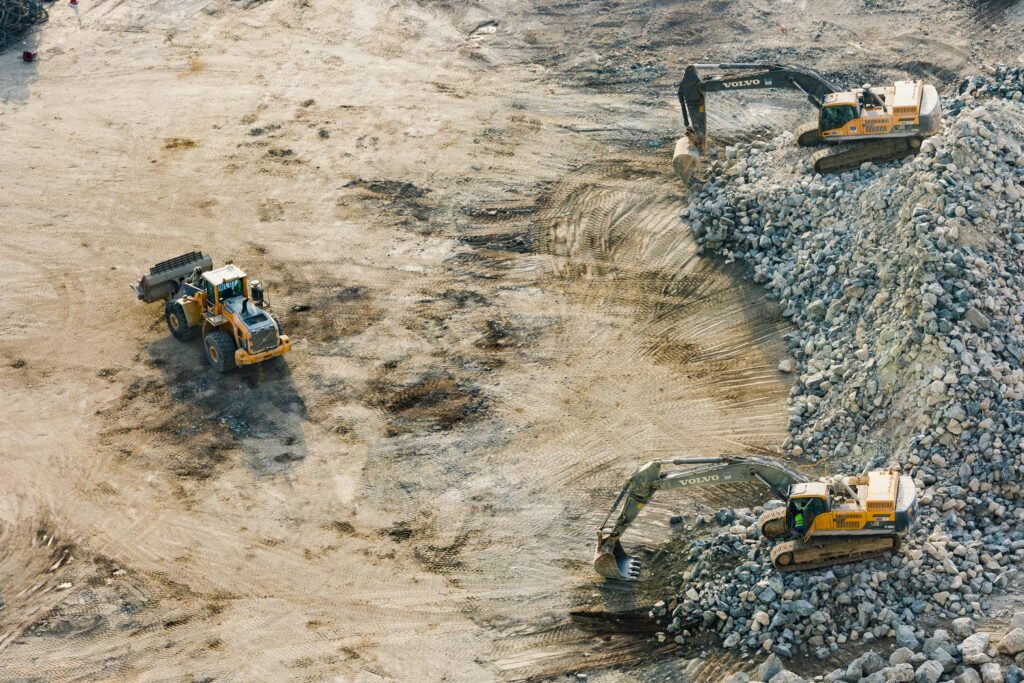
Dangers of Past Mining Activity
Across almost every corner of every county in the UK, past mining activity still poses a myriad of physical, financial and legal liabilities, a huge proportion of which will never become a problem, however for the unlucky ones the impact can be significant, disrupting livelihoods or more importantly in the current climate, reducing the value of property and land.
There are two usual suspects when it comes to the physical risk of past mining activity. The first is deep mining, with the majority of deep mining occurring past the turn of the 20th Century.
Ground Movement
Ground movement often occurred on a large scale and impacted many properties in a community, for example in some areas of East Nottinghamshire, over 75% of the properties in a village have at least one subsidence claim on their title. Damage claims of over £9 million have been paid out to homeowners in the last two years and in 2018 the Coal Authority will pay its largest ever claim to homeowners in West Allotment, Newcastle.
Shallow Mining
The other culprit is shallow mining, often neglected because it can be much older than deep mining. Unlike deep mining, ancient extraction near to the surface often presents itself more locally and is the origin of events called “coal mining-related hazards” more colloquially known as sinkholes.
Every year, more than 500 of these coal mining sinkholes appear across the UK from the valleys of South Wales to the suburbs of Newcastle and the impact can be devastating to home and business owners alike.
The real problem associated with mine entries, especially related to property and land is their tendency to impact upon the sale value. The likelihood of subsidence related to old mine shafts is remote and the location of the mine entry should not significantly alter the valuation of the property however the public’s perception is not always based on logic and it is likely that a re-sale of a house within the vicinity of a mine shaft will prove more difficult than would normally be the case.
Professional Advice
The Law Society has recognised the problem in the historical way of assessing the liabilities posed by coal mining and has changed the Coal Mining Report guidance accordingly.
The guidance now emphasises the potential risk from shallow coal mining as well as other mining activities such as chalk, metals and brine. It also includes previously unanswered questions such as “is the property susceptible to coal mining-related subsidence?” “will coal mining impact the value of the property and will coal mining impact normal lending processes?”.
To conclude, coal mining is a specialist area of expertise where reliance on data and regional knowledge are not enough – data needs professional interpretation so that those involved with property transactions are armed with the best advice upon which they can act accordingly.
If you have any queries relating to past mining activity, we can be contacted on 0800 011 6666 or at legal@timms-law.com or for more information on Conveyancing, why not view our Frequently Asked Questions.




